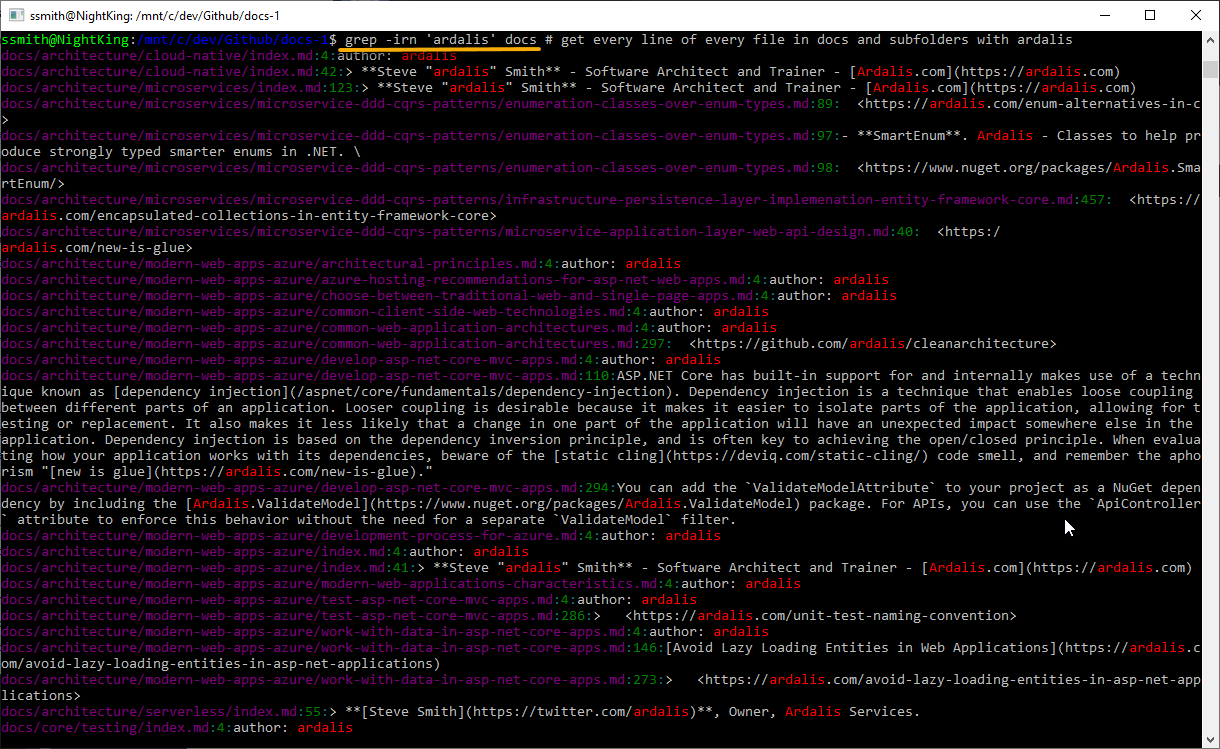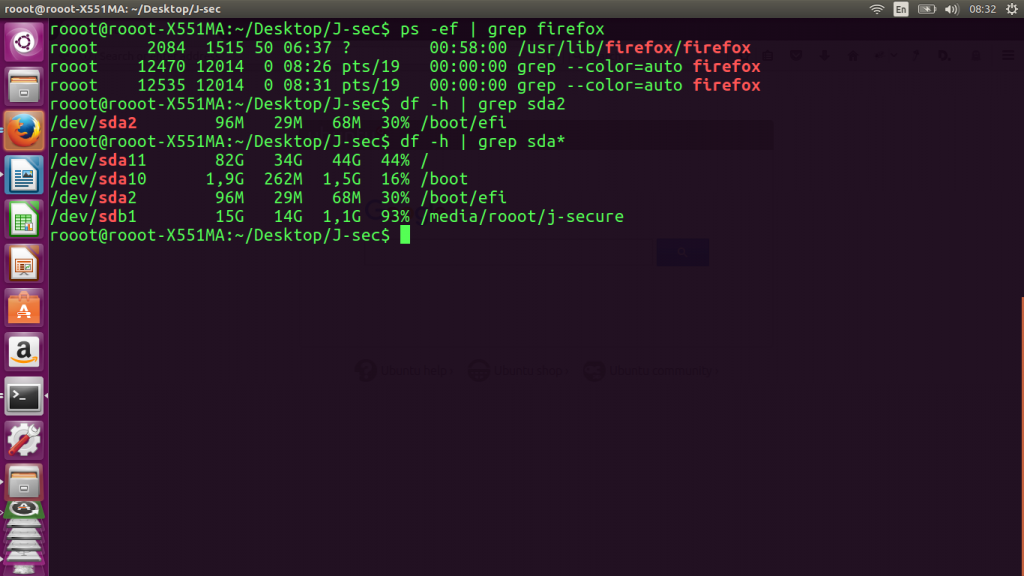
If you have an automated process that regularly delivers new files, you can schedule PowerGREP to process those files at regular intervals. Silent execution is great for scheduled searches or file maintenance tasks. You could use /silent instead of /execute /quit to do the same silently, which means PowerGREP will run the search without showing anything on your monitor. To automate this from a batch file or a script, you could replace /preview with /execute /save “C:\output\results.html” /quit to save the search results into an HTML file for later inspection. For example, you could initiate a search with this command line: PowerGREP5.exe /search /regex /searchtext “foo|bar” /folder “C:\My Documents” /masks “*.txt” “*.bak” “” “” 0 /preview
#Grep command windows windows
Screen shots of PowerGREP’s GUI also look much better than screen shots of the Windows command prompt.īut if you’re a command line junkie, you can access PowerGREP’s most frequently used features with direct command line parameters. That’s why this website and PowerGREP’s user’s guide focus on using PowerGREP through the point-and-click interface. Any feature is never more than a few clicks away. Most of the time you’ll work with PowerGREP’s GUI. All of its features can be used through both its rich graphical user interface (GUI) as well as via the command line. PowerGREP provides the best of both worlds. Modern Windows applications often only provide a point-and-click interface.
#Grep command windows free
Feel free to comment if you have any questions or suggestions.The original grep was a pure command line tool. netstat -an | Select-String 80įor searching a string in the contents of a file, use the below syntax We have another command in powershell which is Select-StringĪn example usage is given below. grep command equivalent in Windows PowerShellįindstr command works in powershell.

More details of findstr command can be found in this official documentation. To search a string within a file, use findstr in the following way In the below examples, the findstr will do an exact match pip freeze | findstr "Flask" netstat -an | findstr "80" grep -i "Amal" userlist.txt grep command equivalent in Windows CMDįindstr is the command equivalent to grep.Įxample is given below. The option -i performs case insensitive search inside the file. In the below example, the grep command searches for the string Amal in the file userlist.txt.

In the below example, the grep command filters and searches for the string “ Flask” in the output of the command pip freeze pip freeze | grep "Flask" C n : Prints searched line and n lines after before the result. B n : Prints searched line and n line before the result. A n : Prints searched line and n lines after the result. With each such part on a separate output line. o : Print only the matched parts of a matching line, E : Treats pattern as an extended regular expression (ERE) f file : Takes patterns from file, one per line. e exp : Specifies expression with this option. v : This prints out all the lines that do not matches the pattern n : Display the matched lines and their line numbers. h : Display the matched lines, but do not display the filenames.

c : This prints only a count of the lines that match a pattern The syntax of grep command is given below.

Grep is a command for performing filter and search operation in a file or a folder or in the output of another command. Most of the commands in CMD works in PowerShell, but the commands in PowerShell might not work in CMD. PowerShell is more powerful and user friendly compared to the raw shell in windows. One is called the CMD and the other one is PowerShell. Windows has two different command prompts. Here I am explaining the equivalent command in Windows command line. Most of you are familiar with pipe grep command in Linux.


 0 kommentar(er)
0 kommentar(er)
